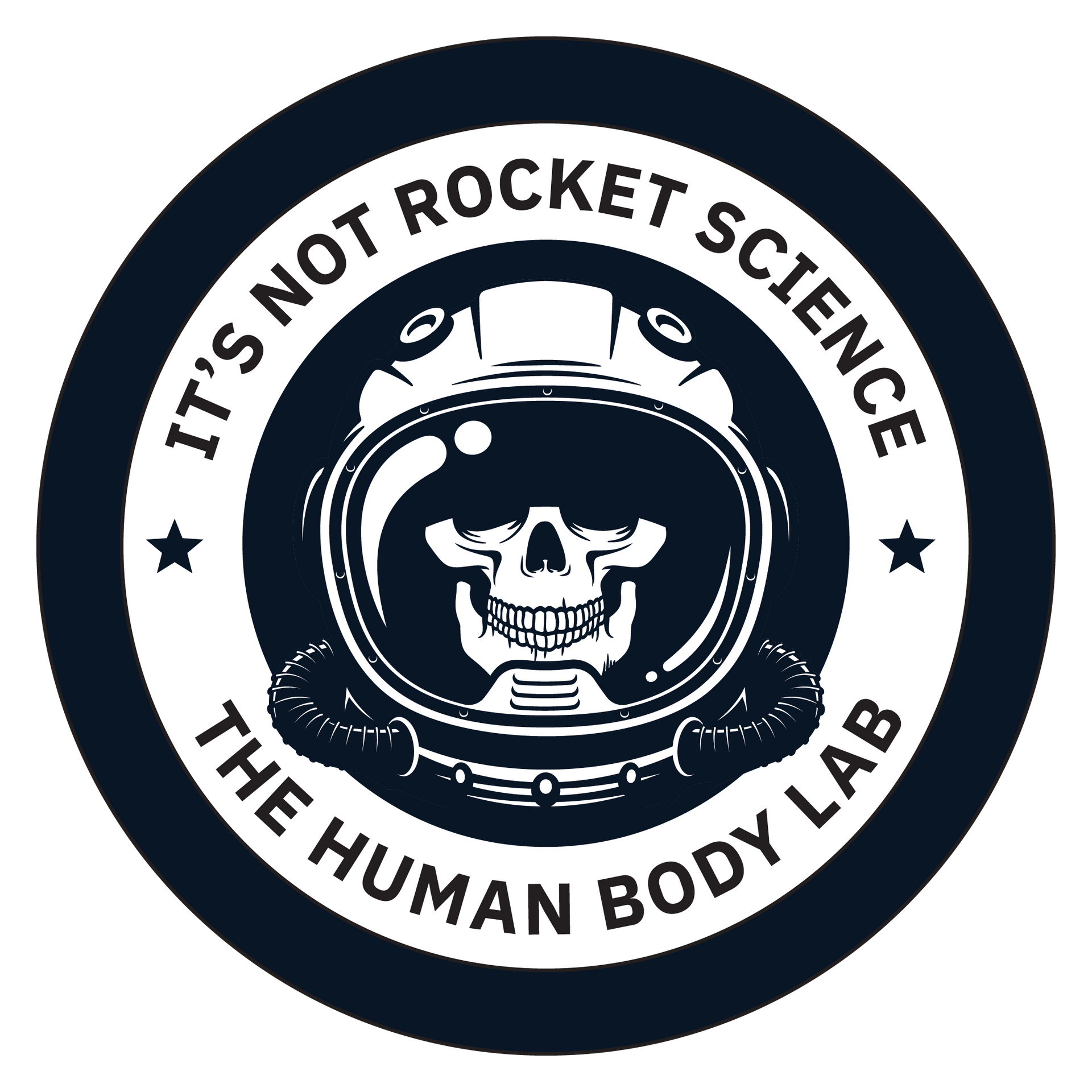LOW CARB – HEALTHY FAT (LCHF) DIET w. CARB CYCLING
Overview
Carbohydrates are an excellent energy source but there is not a large requirement for the body during normal daily life. A metabolically flexible person will burn fats during low to moderate intensity exercise while burning carbohydrates at high intensity exercise. The higher the intensity of the exercise, the greater the bodies utilization of carbohydrates. This is because using fat as energy is a slow process, person on a strict low carbohydrate diet will not be able to maintain a high intensity workout on fats alone. They will need fast burning carbohydrates. This is where carb cycle plays a useful role.
There are many different methods of carb cycling, but one effective method is adding carbohydrates before and after training. The LCHF diet in general consists of replacing the large majority of your carbohydrate intake with healthy fats while keeping your protein intake at a moderate amount.
There are different recommendations of what is low carbs, but the recommendation is usually around 75% fats, 20 % protein and 5% carbs. Most recommendations are usually between 30-50 grams, but up to 100 grams may be necessary for a person that frequently participates in high intensity exercise.
How LCHF diets work
The concept is pretty simple. 1. A LCHF diet trains the body to utilize fats instead of carbohydrates as its primary energy source. We have a limited storage of carbohydrates in the body. A person that is a “carb burner” will have frequent hunger cravings as the blood glucose levels drop. A person that is metabolically flexible will be able to burn fats and keep their glycogen stores in the muscles and liver for when they participate in high intensity exercise. 2. Avoid hunger cravings caused by insulin spikes related to carbohydrate consumption, especially foods that have a high glycemic index. A spike insulin leads to a whole cascade of other hormones that cause you to feel like crap until you give the body what it wants... Sugar, then you are rewarded with dopamine making you feel happy. The cycle continues. Meanwhile all of the extra carbohydrates are stored as fats. These carvings are one of the major causes of over eating.
Guidelines
While some people recommend caloric dense nutrient poor foods such as pork rinds, ranch dressing, processed meats and fake sugars as good sources of food. I recommend a much more natural approach to eating. The foods should still be natural and the majority of fats should come from foods that have been shown to have health benefits, such as avocados, nuts, nut & seed oils, nut butters, full fat dairy, grass fed meats, game meats, range free eggs, fatty wild caught fish, and lots of non-root (potatoes, carrots, etc.) veggies.
LOW CARB – HEALTHY FAT (LCHF) DIET w. CARB CYCLING
Macromolecule Breakdown
Carbohydrates: 5% of daily caloric intake
Fats: 75% of daily caloric intake
Protein: 20% of daily caloric intake
Moderate to high intensity exercise days: Add 20-40 grams carbs 15 minutes before and 20 grams carbohydrates to the balanced post workout meal 30-60 minutes after the workout.
The process
- Clear the pantry of all foods that are too tempting.
- Cook as much as you can
- When you cannot cook, have a plan of where and what to eat. What: Protein with
- veggies, raw (think salad) or steamed if possible. Add your own fats (eggs, avocado,
- cheese, etc. & oil.
- Keep a backup snack with you in case you end up at a restaurant that does not have
- an acceptable meal
- Get ready to eat a lot of vegetables
What to avoid
Breads, grains and pastas: Almost all breads, pastas, oats, cereals, tortillas, etc. There are a few excepts that are made with ingredients like almond or coconut flour. Use these in moderation.
All sweets: This includes those with real sugar or artificial sweeteners. These include sodas, candy, pastries, ice cream, “fancy” coffee, juice, sports drinks.
Most condiments and sauces: Many have small serving sizes and high sugars. Check the labels, if the condiment or sauce has more than 4 grams of sugar, avoid it. We often and 3 or 4 servings of dressing instead of one. Starchy Vegetables: potatoes, summer squash, corn, carrots, yams, etc.
Fruit: Avoid nearly all fruit. A few berries each day is usually acceptable.
Most alcohol: Nearly all alcohol will have high amounts of sugar. The exception is distilled spirits mixed with sparking water and a squeeze of lime. Also, alcohol affects the way the liver processes and releases glucose as energy. This often leads to hunger causing a weak moment to make a poor decision.










